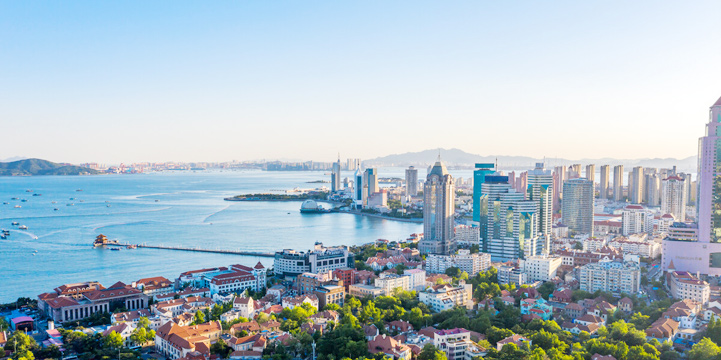
Previously, as the deadline for President Trump's "first round of tariff deferral," July 9, approached, the largest port in the United States, the Port of Los Angeles, experienced its busiest month since the port was established 117 years ago in June.
The latest report from the Port of Los Angeles indicated that container shipping volume in June reached an all-time high, with the growth in maritime goods described by port executives as the "tug-of-war effect of tariffs," as shippers rushed to "restock" before President Trump imposed tariffs. The Port of Los Angeles is the port with the highest volume of Chinese goods imports.
Official data shows that in the month of June, the Port of Los Angeles handled a total of 892,340 twenty-foot equivalent units (TEUs), significantly higher than the same period last year, representing an increase of approximately 8%. The record-breaking import volume in June also saw a 32% increase compared to May. Imports at the port slowed down since the Trump administration imposed benchmark tariffs on nearly all countries globally in April.
Gene Seroka, Executive Director of the Port of Los Angeles, stated on Monday, "After a very slow start, the Port of Los Angeles rebounded strongly in the second half of June. While record throughput is good news, it also highlights the volatility caused by tariffs."
"When the tariffs took effect, import volumes slowed significantly in May and continued to decline in the first half of June. Later, as some tariffs were suspended, goods began to move again," he added.
Seroka also noted that although the data set historical records, "this should not be called explosive growth but rather a timing change." He said, "Frequent changes in the policy schedule lead to fluctuations in freight volumes, creating great uncertainty for the port."
Last week, Trump sent letters to over 20 countries informing them that, starting from August 1st without any trade agreements, their goods would be subject to additional tariffs ranging from 25% to 40%. Of particular market concern is Trump's threat to impose a 35% tariff on one of its most important trading partners, Canada, and a 50% tariff on Brazil.
As U.S. businesses vie to take advantage of the tariff increase, the port expects a second surge in throughput in July. The port stated that it would add seven additional ships to bring in goods before the August 1st deadline for "reciprocal tariffs." However, Seroka anticipates a decline in throughput in August.
"If tariffs increase as scheduled after August, import volumes are expected to decline again. Retailers are unlikely to speculatively order in bulk and risk significant discounts later in the year for the holidays. It's too late now to negotiate orders for holiday products," he said.
Referring to the National Retail Federation's forecast, which predicts a double-digit year-on-year decline in cargo throughput at U.S. ports from August to November, Seroka also warned in their port tracking report that the upcoming tariff hikes in August will raise prices for U.S. consumers and affect product supplies on store shelves.
John Zolidis, a retail analyst and founder of investment consulting firm Quo Vadis Capital, Inc., stated that consumers are likely to feel the impact of tariffs as early as this month. He expects prices to rise in the next three to six weeks, mainly for items that are not frequently purchased.
